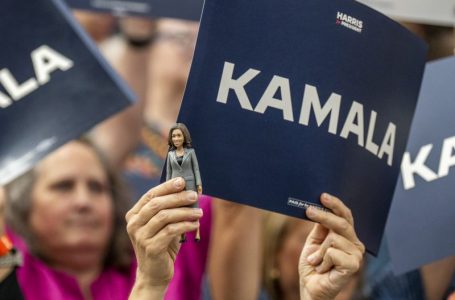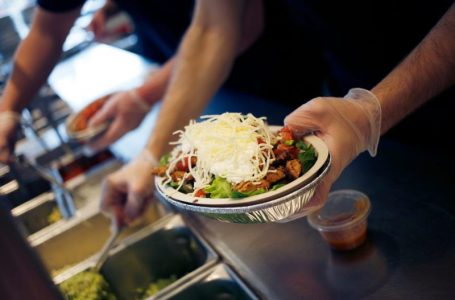History of voting locations, the reasons we vote in high schools today
Voting in public schools is a relatively new phenomenon in the United States. Before the 1950s, polling locations were usually churches, town halls, or courthouses. As cities and towns grew larger, it became more and more difficult to find these facilities.
In the late 1940s, civic groups, such as the League of Women Voters, began to advocate for using public schools as polling places. The reasoning was that schools were centrally located in neighborhoods, had large spaces for voters to congregate, and had plenty of available parking.
Additionally, the use of public schools as polling places could become a tool for promoting civic education among students. Political candidates would sometimes visit schools in order to make their case to the electorate on election day and students could observe how voting works firsthand.
The first public school idea of voting in public schools became popular in the 1960s when the 26th Amendment allowing 18-year-olds to vote was ratified. Since then, public schools have become the go-to location for polling sites. Most states require that polling locations be public buildings with a place to record votes. This makes public schools the perfect fit for a polling place.
Public schools have since become important places for people to practice their constitutional right to vote. They are centrally located and accessible to everyone, regardless of their economic status. They provide a safe environment for people to cast their ballots. Furthermore, they can be used as an educational setting for students to observe the democratic process of voting.












